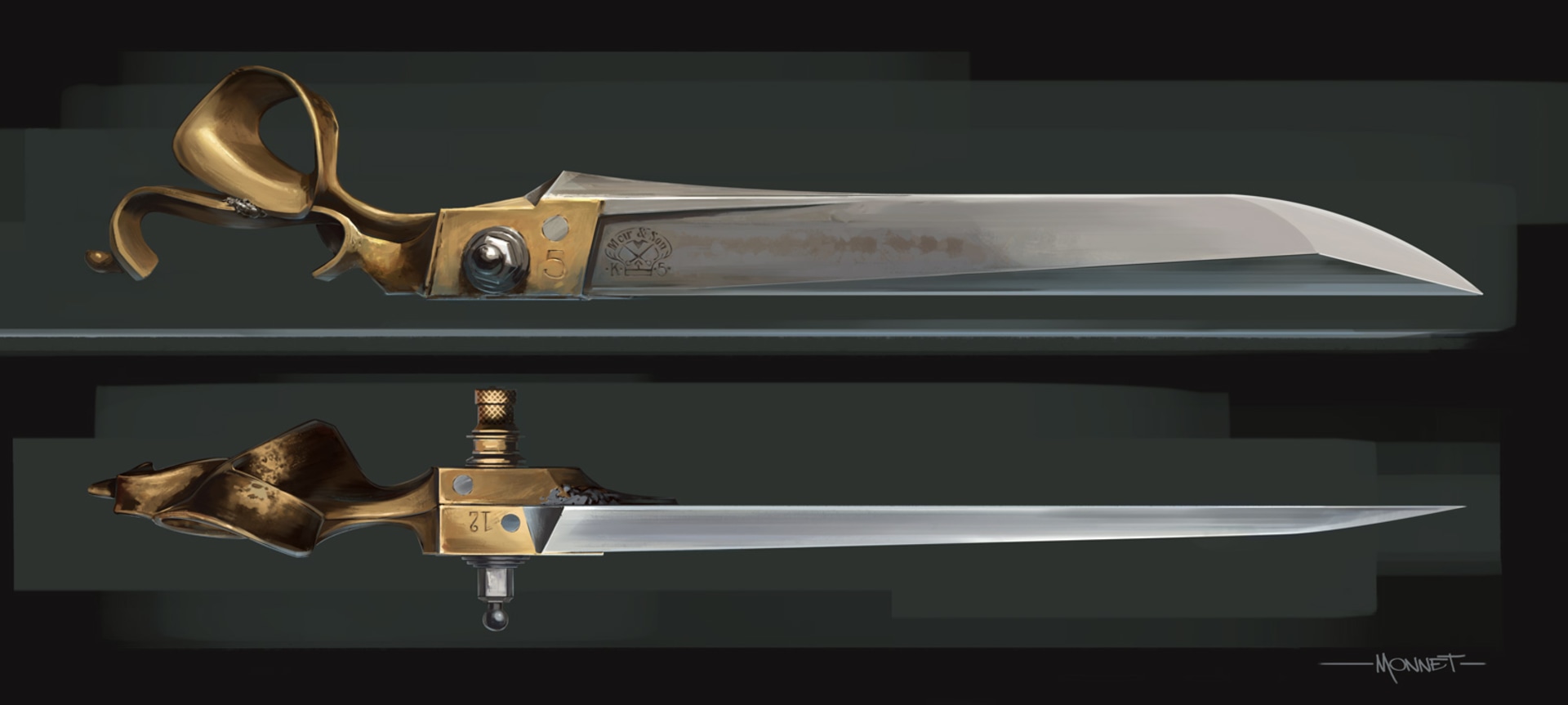Arkane Studios is 25 years young this year. It's no secret that Cook and Becker is deeply enamoured with the games, game art and art direction of the studio. Games like DISHONORED and DISHONORED 2, PREY or DEATHLOOP all exude an artistic quality that's rare to find in video games.
Hold on - rare? Perhaps this sounds surprising in an era when most modern-era video games look fantastic? Yet in a sense, they are: most studios take full advantage of the possibilities in graphics display, outdoing one another in their quest for the highest resolution, fastest frame rates or use of groundbreaking ray-tracing technology.
Hold on - rare? Perhaps this sounds surprising in an era when most modern-era video games look fantastic? Yet in a sense, they are: most studios take full advantage of the possibilities in graphics display, outdoing one another in their quest for the highest resolution, fastest frame rates or use of groundbreaking ray-tracing technology.





